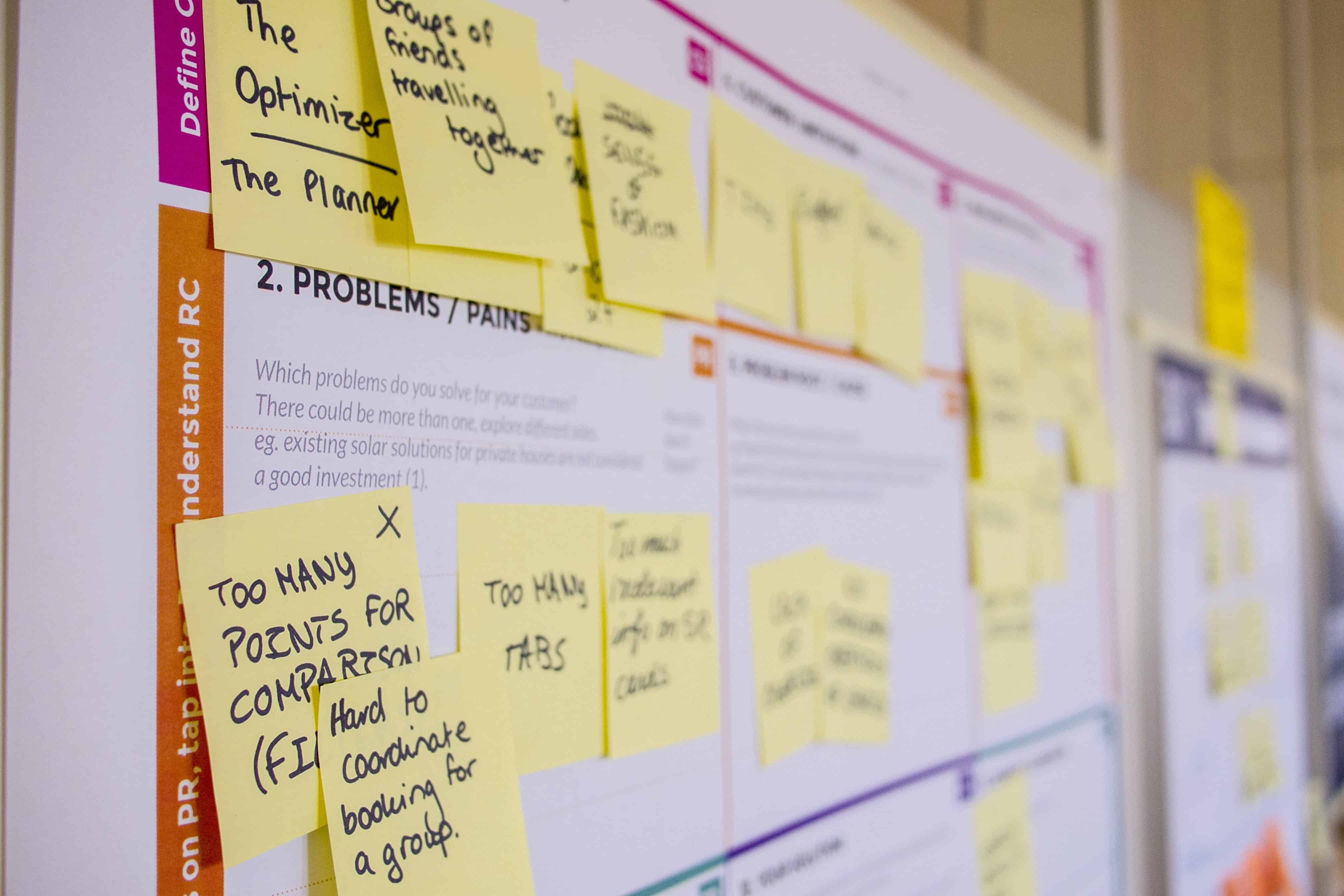
Every project is constrained by three dimensions: time, budget, and scope. This is what we’ve known from our project management books and training. These three dictate the direction of any project and are used to measure project success.
But the traditional three-dimensional project management approach is no longer sufficient in today’s competitive landscape. Organizations have come to realize that there is another dimension that affects project success. Integral to the success of any project is team efficiency.
Let’s find out how these four dimensions should be used in planning and evaluating your projects.
The Project Management Triangle
The Project Management Triangle goes by a lot of names – the Iron Triangle, the Triple Constraint – to name a few. At the start of every project, the project manager must determine the project constraints that the team will be operating with.
Time
Every project has a target deadline. Project managers usually derive the project timeline based on how long each project task is estimated to be done. They would usually project these milestones with the deliverables targeted to be released.
Scope
The scope of a project determines what exactly is to be delivered. This determines the requirements that need to be met in order to complete the project.
Budget
An organization can only spend so much on any given project. Understanding the target cost allocation and its limits are important to the success of any project. There are a lot of elements that can affect costs:
- Staff salaries
- Implementation of new technologies
- Upstream suppliers increasing costs
- Changes in scope that adds on to the project deliverables
- Balancing the Project Management Triangle
The three dimensions of the Project Management Triangle are interrelated, in that changes in one of the dimensions directly affect the others.
For example, adding scope to your project will affect the time it will take to deliver it. If you want to meet the target deadline, then you might have to spend more on additional resources to get there. Your project budget is a limiting constraint to your scope, too. If your budget is fixed, then adding scope might not be possible. If your time is fixed, then your scope needs to be limited in order to meet that deadline. In short, project managers need to perform trade-offs between these three dimensions in order to plan and manage their projects.
But focusing only on these three dimensions may not accurately paint a picture of your project path. Scope creep, budget problems, and missed deadlines do occur. Knowing when to deliver, what to deliver, and how much can be spent to deliver the project are not enough. Even a well-thought-out plan will crumble if the people who need to execute it can’t deliver as expected. We need to account for the people factor – the efficiency and proficiency of your team to actually meet your objectives.
The Fourth Project Dimension: Team Efficiency
In order to execute any big project, the scope needs to be broken down to smaller, more manageable chunks of work. Knowing these will affect how you plan for your manpower and technology resources.
After that’s all determined, you will then need to identify how you want these smaller project tasks to flow through your work process. The tasks should flow smoothly, in that the time it takes for a customer request to come into your process and get out of it successfully is optimized. This is what we call flow efficiency.
Flow efficiency is the ratio of the value-adding time over the lead time required to complete a task. Value-adding time is the time at which any team member or machine works towards completing a customer request. These are attributed to work that is necessary and contributes to making the product. Lead time is the period of time from when the customer request enters your system until it gets delivered. We can look at lead time as the sum of value-adding and non-value-adding times.
Visualizing your workflow, through a kanban board, for example, will help you get your flow efficiency. When you visualize your workflow, you’re able to determine the value-adding activities from the non-value-adding ones. This then allows you to eliminate wasteful activities to optimize your workflow and improve your flow efficiency. A strong and stable flow efficiency enables your team to deliver products that meet your target project requirements.
The Problem with Deadlines
The Project Management Institute’s Pulse of the Profession 2018 estimated that only 36% of low maturity teams complete their projects on time. While high maturity teams enjoy a higher percentage at 64%. But this is a stark representation of how deadlines are almost always missed. This is because organizations are trying to fit and push their deadlines onto the people who are supposed to meet them.
There should be a way for project managers and teams to come up with timelines that are reflective of the team’s capacity and efficiency. Knowing the speed, or cycle time, at which teams work on a product will help managers know their team’s performance. They can then use this to get a better forecast of the time it will take to get the project done.
Measures of Project Success
The recognition of the fourth project dimension puts project management in a different perspective. This shift in focus is crucial as it empowers your team to drive the project forward. Instead of pushing the work to them, the team becomes directly involved in shaping the path and success of the project.
We recommend project managers to utilize team efficiency not only when planning their projects but also in measuring project success. Higher team efficiencies will ultimately lead to optimizing budget, better time to market, and higher chances of delivering projects within scope.
Learn to Work Smarter, Not Harder!
Get our top articles weekly.
Table Of Contents
Discover many more posts…
